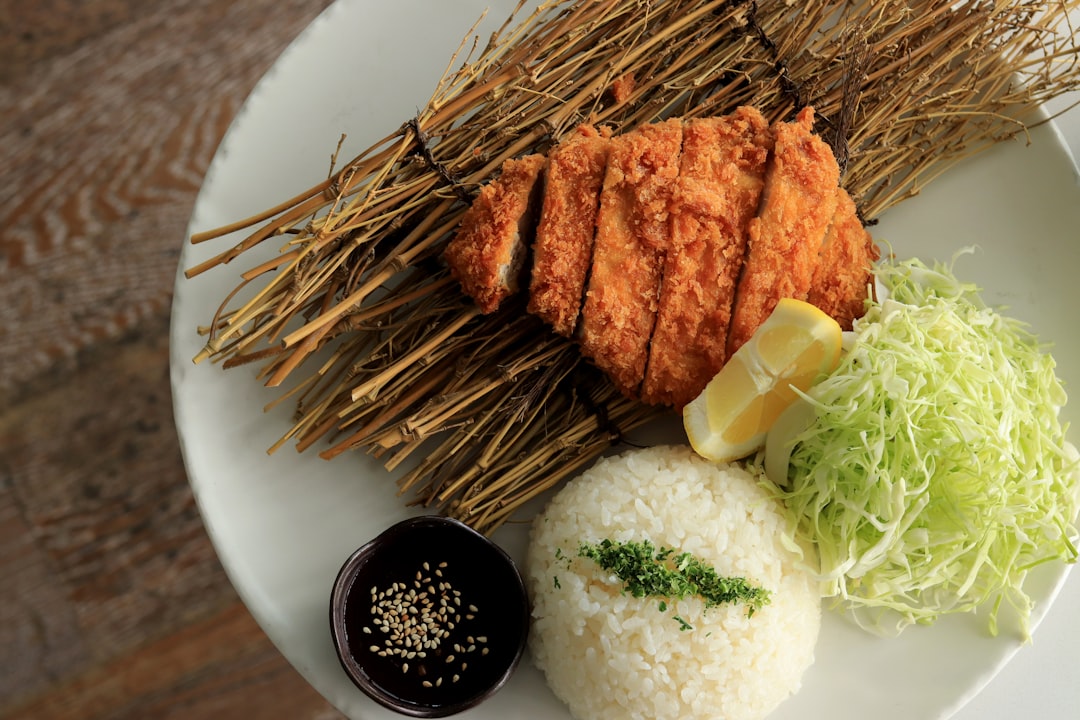The Italian-American-Japanese (Mario) Effect
What Italian food looks like to the local citizen
It is often said that some of the world’s best Italian meals can be found in Japan. While predominantly in Tokyo, there are a panoply of highly acclaimed restaurants across the country that specialise in serving authentic, delicious, arguably superior Italian food. This post is not about the establishment of these exceptional chefs and kitchens. Instead, I want to look at the Italian (and Western) food of Japan decades ago, which still has a lasting impact for diners today.
The concept that food can evoke feelings of nostalgia has been well documented. Perhaps most famously explored in a popular motion picture, featuring the sewers of Paris, the Pixar classic- Ratatouille. The other constant of food is the evolution of tastes. What was popular a century ago, or even a year ago can be dismissed as a fad. The interaction between these two contrasting food tastes fascinates me and hopefully you, as this is the topic of my post. I’ll explore how certain styles of Japanese cuisine emerged, faded, and have now re-emerged. Along the way, a dose of food history!
I am also pleased to announce a special subscription rate this month as it is my birthday month, with 20% off all annual subscriptions forever and ever! Use the link below to activate this promotion. Since my birthday is in September, the link is valid until October 1!
https://hiddenjapan.substack.com/Birthday
The First of the Italians
Its a meeeee, Japanese spaghetti!

The famous Italian plumber was not the first iconic Italian appropriated by Japan. Pasta was the first Italian food arrival on Japanese shores as early as 1881. In this time period Japanese diners were not as discerning as they are today. The food was not seen as distinctly Italian, rather as a flavour of Western cuisine. Like most restaurants back then, they served only the high end of town.
The true entrant to the Japanese masses came with the American occupation in WWII. During the 1950s, Japan saw and met Italian-American soldiers who may be the source for the accented voices found in Japanese depictions of Italians today.
So Italian stereotypes may be well past its cliche date, but the cuisine I want to share today is literally called Itameshi. Combining the word for Italy and the word for meal, we get Japan’s first exposure to Italian food.
For the longest time, Japan was graced with certain parts of Italian dining has often been a country that Like Mario, these dishes are a loving exaggeration of how Japan sees the Big Boot.
Take spaghetti Napolitan. Spaghetti Napolitan can be simplified to ketchup spaghetti. Created by a hotelier to serve General MacArthur, it was a dish born from desperation. Using the ingredients on hand namely spaghetti, some meat and veg, and tomato ketchup (lots of ketchup), the chef plays fast and loose with traditional cooking. Replete with Japanese sausage and bell peppers, this shimmering orange of cooked tomato sauce, this sweet pasta dish became a mainstay of Italian food as it was easy and cheap for Japanese diners. So while the title recalls the city of Naples, nothing about an affordable, slightly I don’t believe it personifies the Italian city.
These relics of Japanese consumers trying to come to terms with foreign flavours are preserved through the persistence of a class of restaurants known as kissaten.
The Revival of Kissaten
We’ve explored how many of the formerly foreign Western cuisines became integrated into Japanese dining and becoming known as Yoshoku food.
Spaghetti napolitan, pizza toast, or omelette rice all are in a side category. One that is still not fully accepted by Japan. One that is considered Western but not embraced by the West as “authentic” Western meals. Basically it’s Western foods via the General Tso’s Chicken route.
These dishes are not served at high end dining establishments and Michelin never deigns to visit. Instead this style was traditionally served at coffee shops known as Kissaten. The direct translation is tea consuming shop, so naturally these are places famous for their coffee. While the food menus tend to be short but varied, but invariably involves being a meal that office workers can drink with their coffee.
These locations have a pretty fixed clientele, often the inbetween of takeaway and dine in. A meal is needed to be served quickly, but still eaten on premise. While the menus can be extensive, all the items tend to involve the same several core ingredients, and rotated bases of spaghetti, toast or rice. Of course, the star is usually the tomato sauce.
Such meals are perfect comfort food for anyone growing up during the opening up of Japanese diets. The inbuilt preferences for familiar food that isn’t “traditionally authentic”, instead taking cues of rice, soy sauce and sweetness is often desired. The kissaten are the first of the fusions, but the fusion is born of the consumer tastes, rather than the chef’s hubris.
All conquering Saizeriya
Perhaps the great champion of this semi-fusion, semi- authentic style was always going to come from a franchise. Who better to fly the Italo-American-Japanese flag, than every Japanese child’s first memory of Italian food, Saizeriya.
Likely deserving of its own post, or several ala KFC, Saizeriya is ubiquitous as a family restaurant. The term family restaurant referring to franchised locations that serve the whole family for an almost comically low price. It is at these places that most menu items feed a family of four for less than it would cost for a singular meal anywhere else.
What sets Saizeriya apart from most is its focus that dedication to the Italian theme. Despite an entire zero percentage of its menu being classified as legal in the old country, Saizeriya has cemented itself as a Japanese cultural preserver. For many, the corn pizzas and unspecified melted cheese hot plates are what tie Japan both to their past and to the global community. Plus, the menu prices below are not a relic of the past, this is taken directly from 2024.
While this effort may not always provide a fully authentic taste of Italy, it is authentically Japanese-Italian (American). This may be a niche you think only appeals to Japanese citizens or people who grew up with a very Japanese palate. Yet Saizeriya is not just a homebound funhouse mirror of Italian flavours.
That’s right, other countries have onboarded this franchise too. Saizeriya is the cultural ambassador of Japanese food across Asia, with over 30 outlets in Singapore alone, and 400 plus in China, Taiwan and Hong Kong. While not entirely surprising given their flavour/price ratio, sometimes the strength of this chain makes me wonder. Wonder things like, how bad is Italy at franchising anyways?
Not only are American-Italian stores a global force, I see more Japanese Italian franchises than I see pure Italian. What Saizeriya has accomplished is to keep the working class meals of a bygone Japan current, and abundant. The culture of Kissaten lives through tiny stores still serving their office working clientele, and in the outlets across Singapore. So if you ever feel the inclination for one cuisine that really is a cross continental mix, consider the Saizeriya.
And if you ever wanted to know exactly how those prices are so cheap… consider this post.








When I’m in a certain kind of mood, spaghetti and coffee at a kissaten is just perfect.
I voted for Italian pizza but I guess now that I think about it I have never been to Italy... So I don't really know! But I definitely prefer American pizza to Japanese, but I think Japanese pizza places are more willing to try different things (sometimes good, sometimes insane)